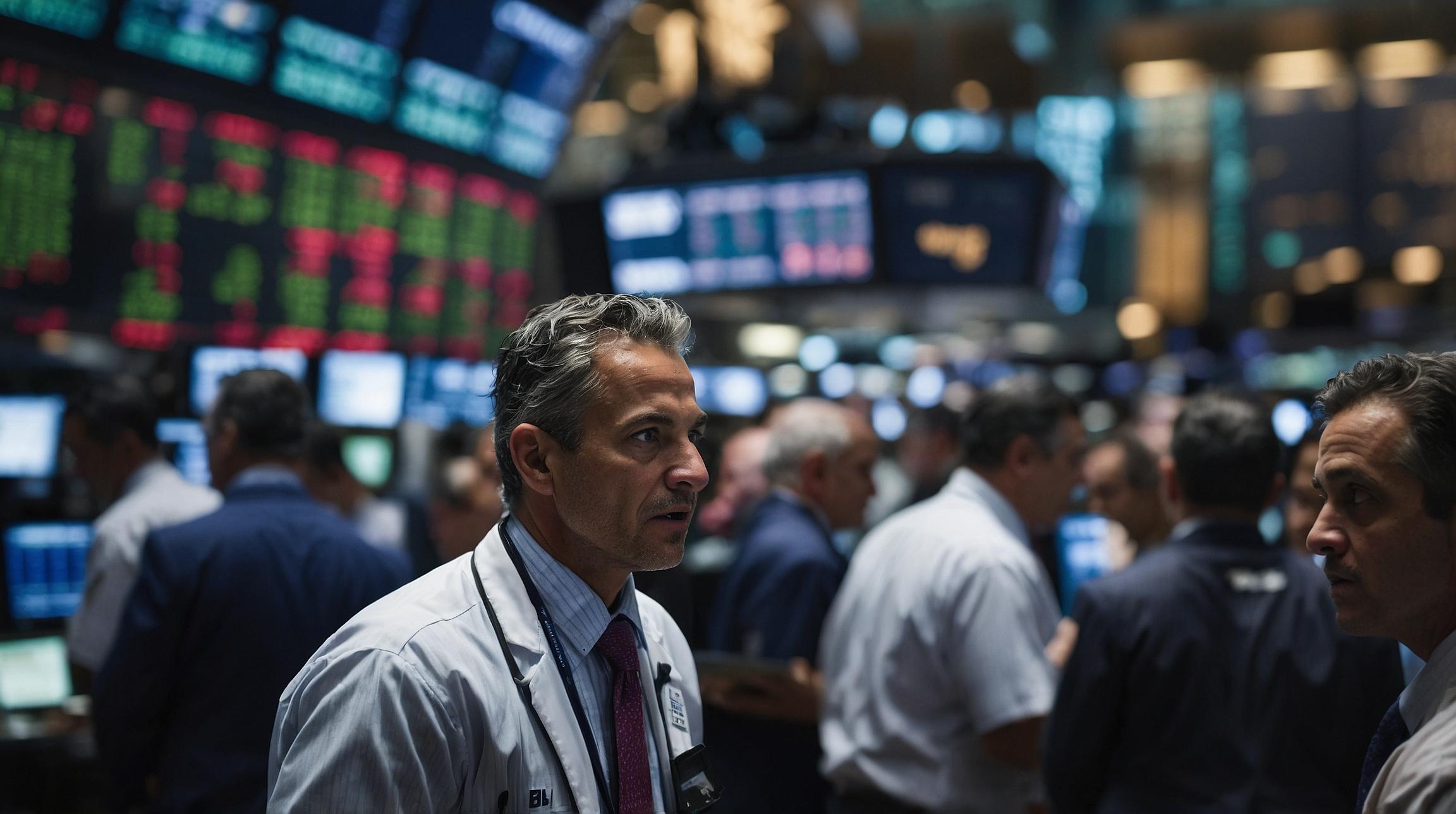Robert Whitman, Pioneer of Happenings, Dies at 88
Introduction
Robert Whitman, a key figure in the development of Happenings—a groundbreaking form of live art—has passed away at the age of 88. Known for his unique blend of performance and technology, Whitman was instrumental in bringing live elements from theater into the world of visual art. His unconventional approach led him to co-create the collective Experiments in Art and Technology (EAT) alongside Robert Rauschenberg and other notable artists. Whitman’s contributions to the art world have been lauded as precursors to contemporary performance art.
Early Years and Influences
Whitman, born into a wealthy family in New York City in 1935, discovered his passion for live performance at a young age. This fascination was sparked by seeing the clown Emmett Kelly in the circus when he was just six years old. The experience left a lasting impression on him and shaped his artistic journey. Whitman initially pursued a career in playwriting, studying literature at Rutgers University, where he had the opportunity to learn from influential faculty members such as Allan Kaprow.
The Birth of Happenings
In 1959, Whitman was invited to participate in what is considered the first-ever Happening—Kaprow’s “18 Happenings in 6 Parts.” This marked the beginning of Whitman’s involvement in the pioneering movement. The following year, he showcased his own major performance, “American Moon,” at the Reuben Gallery. Whitman’s desire to blur the lines between audience and participant and his interest in merging performance with technology became evident in his 1964 work “Bathroom Sink.” This early example of his innovation is now part of the Reina Sofia Museum’s collection in Madrid.
Prune Flat and Wavy Red Line
Whitman’s best-known work, “Prune Flat,” debuted in 1965 and featured live actors and projections. The piece was presented in multiple Off Broadway theaters. In 1967, Whitman had his first solo exhibition at Pace Gallery, showcasing “Wavy Red Line.” This mesmerizing installation consisted of a spinning red laser that created dynamic patterns across the walls. Whitman collaborated with Eric Rawson, an engineer from Bell Labs, to bring this piece to life.
Legacy and Recognition
Throughout his career, Whitman stayed true to his unconventional vision, often forgoing conventional commercial success in favor of experimental art forms. His work found homes in prestigious institutions such as the Dia Art Foundation. Arne Glimcher, founder of Pace Gallery, paid tribute to Whitman, describing him as a true pioneer who blended the realms of dreams and reality. Glimcher expressed his deep admiration for Whitman’s brilliance, which spanned over seven decades of their friendship.
Conclusion
The art world has lost a visionary with the passing of Robert Whitman. As one of the pioneers of Happenings, his contributions blazed a trail for contemporary performance art. Whitman’s desire to push boundaries and merge performance with technology has left a lasting impact on the art world. His legacy will continue to inspire future generations to explore new possibilities in the realm of live art.
Analyst comment
This news is neutral. The passing of Robert Whitman is a loss for the art world, but his contributions to Happenings and his innovative approach to merging performance and technology will continue to influence contemporary performance art. His legacy will inspire future generations to explore new possibilities in live art. The market for performance art is not directly affected by this news.













